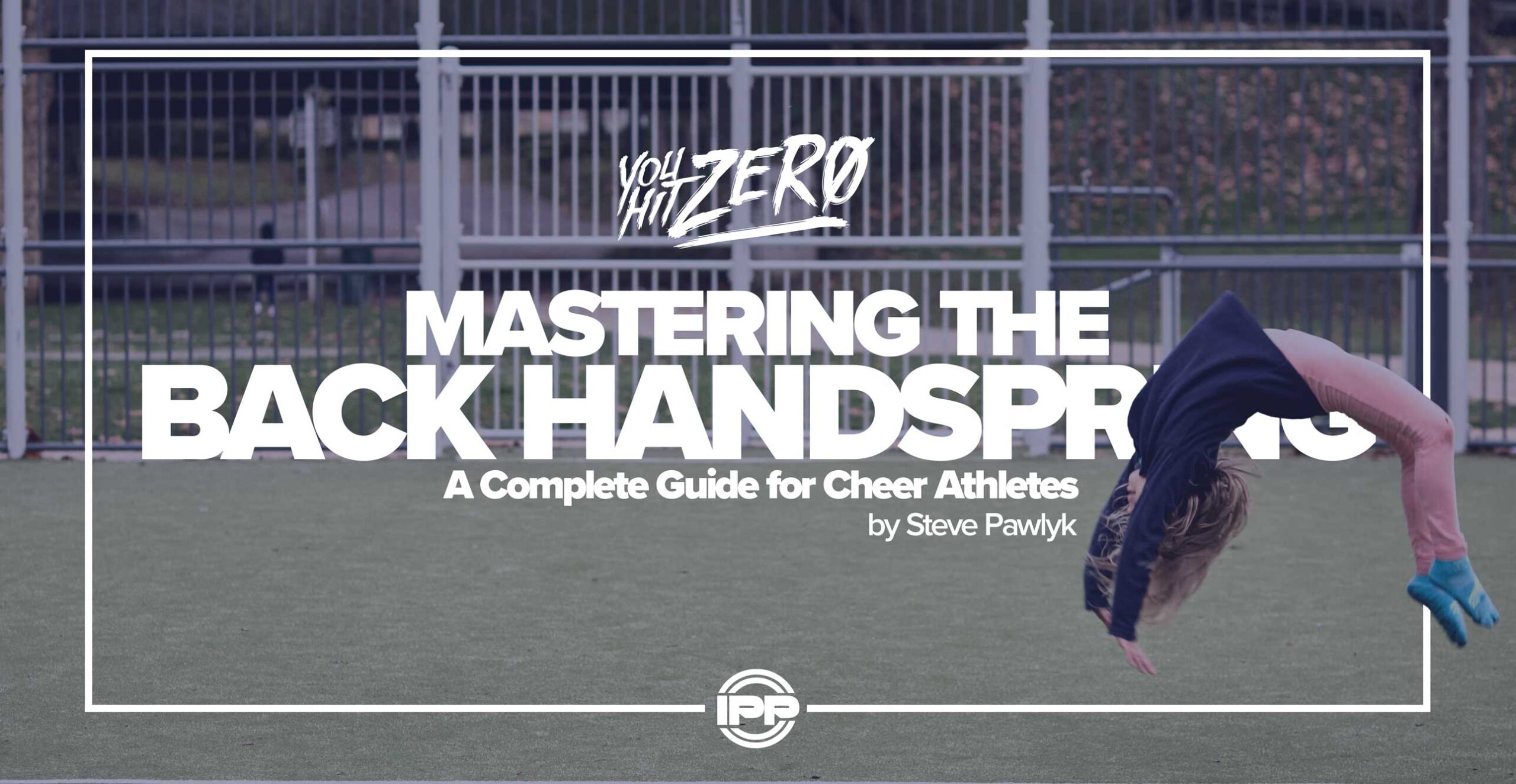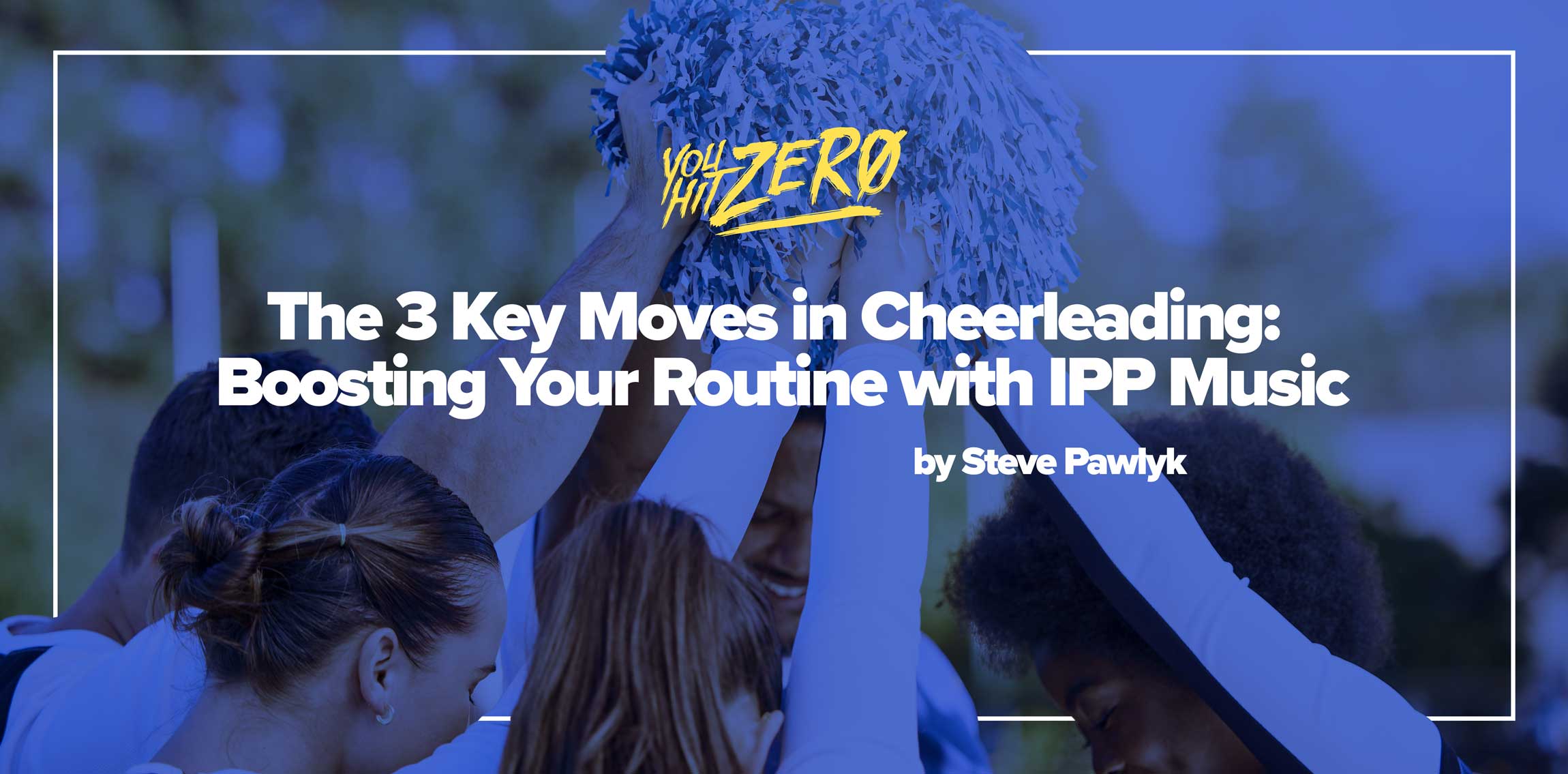By Steve Pawlyk
Published September 18, 2023
Being a cheer coach is not just about teaching stunts, choreographing routines, and winning competitions. It also involves navigating the complex landscape of legal responsibilities that come with the role. Understanding the legal aspects of cheer coaching can protect you, your athletes, and your cheer program from unnecessary complications. In this comprehensive guide, we’ll delve into the legal facets every cheer coach should be aware of, including liability, safety standards, and intellectual property rights concerning cheer music.
Liability and Negligence
Duty of Care
As a cheer coach, you have a “duty of care” to ensure the well-being of your athletes. This means taking reasonable measures to prevent injuries and accidents. Failure to do so could result in a negligence claim against you or your cheerleading program.
Protecting Yourself
Here’s how to safeguard against liability:
- Training: Ensure you have the necessary certifications, including First Aid and CPR.
- Equipment: Regularly inspect and maintain all equipment.
- Documentation: Keep detailed records of all practices, routines, and safety measures.
Insurance
Investing in liability insurance can offer an additional layer of protection. It may cover legal fees and damages should you face a lawsuit.
Safety Standards
Compliance
In the United States, the American Association of Cheerleading Coaches and Administrators (AACCA) sets safety guidelines. Being well-versed in these standards is crucial.
Gym Safety
- Ensure that the practice area is free of hazards.
- Make sure athletes are wearing appropriate attire and safety gear.
Stunt Safety
- Always spot athletes during stunts.
- Do not attempt stunts that are beyond the skill level of your athletes.
Parental Consent and Waivers
Before an athlete participates in any cheerleading activity, it’s essential to obtain written consent from their parents or guardians.
What Should a Waiver Include?
- A clear explanation of the risks involved in cheerleading.
- A clause stating that the parent/guardian understands these risks.
Emergency Contact Information
Always have up-to-date emergency contact information for each athlete.
Transportation Laws
Driver Qualifications
Ensure that anyone responsible for transporting athletes has a valid driver’s license and has passed a background check.
Vehicle Safety
Regularly inspect vehicles to ensure they meet safety standards.
Intellectual Property and Music Licensing
Copyright Laws
When using music for routines, be aware of copyright laws. Using copyrighted music without permission can result in legal repercussions.
Customized Cheer Music
One way to avoid copyright issues is by using customized cheer music from reputable sources like IPP Music.
Social Media and Privacy
Personal Information
Be cautious when sharing personal information of athletes on social media platforms.
Photos and Videos
Always obtain consent before posting images or videos of your athletes online.
Anti-Discrimination Laws
Equal Opportunity
Federal laws prohibit discrimination based on race, sex, religion, or disability. Make sure your cheer program is inclusive and complies with these laws.
Harassment and Bullying
Create a zero-tolerance policy for harassment and bullying and ensure it is strictly enforced.
Understanding the legal aspects of cheer coaching is essential for the smooth operation of your cheer program and the well-being of your athletes. By being proactive and educated in these areas, you can focus on what you love—coaching and inspiring your team to hit zero and win competitions.
Disclaimer: The information provided in this article is for general informational purposes and is not legal advice. Always consult with a legal professional for advice on your specific situation.
IPP's Premade Mixes are USA Cheer Compliant and customizable! Add Sound FX, swap songs, & more! Add your Team Name to the mix for only $10!















